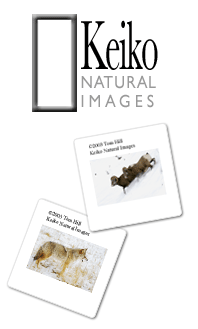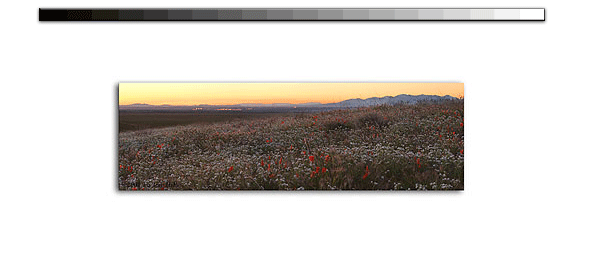|
|
|

|
|
|
|
Blue Goose In For Landing
|
|
|
Clearly, the stars of the refuge are Sandhill Cranes and Snow Geese. Their winter numbers are so incredible it boggles the mind trying to understand how 50,000 birds can move from one field to the next en masse. From the photographers point of view, these 50,000 birds provide endless opportunities to perfect your shooting technique. Whether youre trying to conquer shooting mostly light subjectsSnow Geeseor trying to get the awesome in-flight shot, Bosque provides the opportunities.
This year I was most productive at four locations around the refuge. The first is kind of a Bosque icon, the Flight Deck. Located almost immediately on the left upon entering the main complex, the Flight Deck is a morning haven for bird photographers because of the huge number of Snow Geese that stop there prior to launching for the morning feed locations. Almost like clockwork, these birds arrive 30 minutes prior to dawn by the thousands from night roosting fields and preen for about 45 minutes prior to setting off the for morning feed. During their short stay, youll have opportunities to shoot pre-dawn images of the birds. Slow motion, blurred affects can be explored while there. If youre extremely fortunate, a bit of mist may be rising up from the water in the brisk morning air which provides a tremendous opportunity for exploring colors with the rising sun.
Further around the Flight Deck towards the main road on the most south western corner of the pond, youll find the outstanding "bird in water" portrait location for Snow Geese. In the afternoons, the Snow Geese arrive by the thousands and rest for several hours before leaving for the evening feed. From here, youll be able to shoot extreme close ups of these birds because they rest no further than 20ft from the shore. Get out your long lens with tele-converters to make headshots of these Snow Geese. As any other Snow Goose location, eventually theyll irrupt into a massive departure one to two hours before sunset to move to the fields for the evening feed. Be prepared with a wide-angle lens to record this spectacle from below. If youre lucky, youll get to experience a unique Snow Geese phenomenon. They will waddle out of the pond, onto the road and look for minerals. In a densely packed group, theyll cover the road for hundreds of feet without straying off it onto the shoulder. Its very impressive and unique behavior.
The Farm Loop is another very productive part of Bosque Del Apache NWR. While the loop is about 8 miles long, the most productive locations are located next to cornfields on the north side of the loop. Depending on the time of the year, you may still find green fields which make for dramatic backgrounds for both Snow Geese and Sandhill Cranes. The Snow Geese congregate by the thousands in these fields which provide ample opportunities to shoot individual or group in-flight images. On occasion you may see a hungry Coyote looking for a meal among the birds. Most of the time theyre unsuccessful but sometimes you may see one trotting by carrying his evening meal. The Farm Loop is productive at least twice a day. The first is just prior to lunch when the birds are out for their first feed in the morning. The second is just prior to sunset. Each time has its own character. The morning shooting is particularly difficult due to the high sun and difficult metering situation on the Snow Geese. The evening shoot provides sweeter lighting conditions but theyre more fleeting as the sun goes down. In each case, portrait images of Snow Geese and Sandhill Cranes are routine.
|
|
|
|

|
|
|
|
Snow Goose Preening
|
|
|
|

|
Previous Page
|
|
|
Next Page
|
|

|
|
|
|
|
|
|
|
|
|
|
|
|
|
|
|
|
|
|
 |




